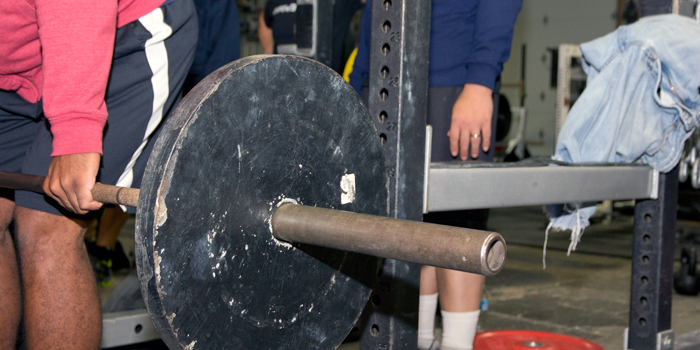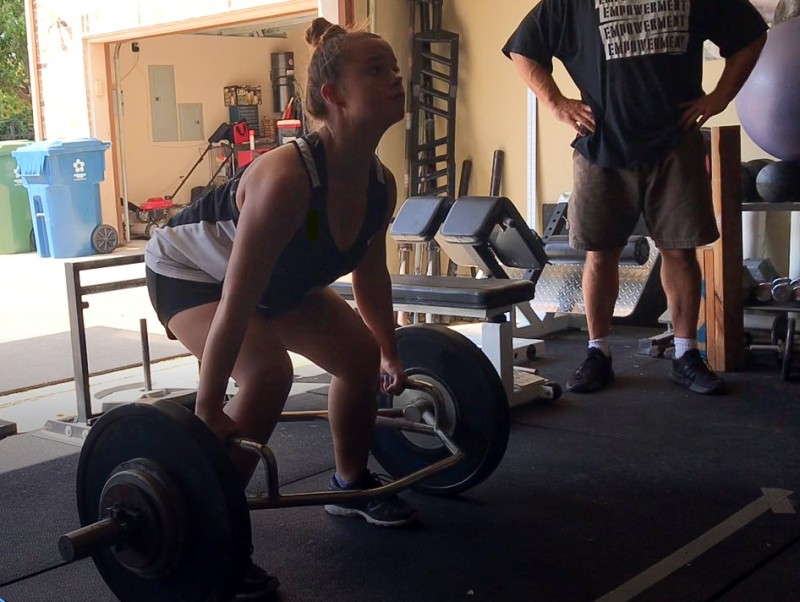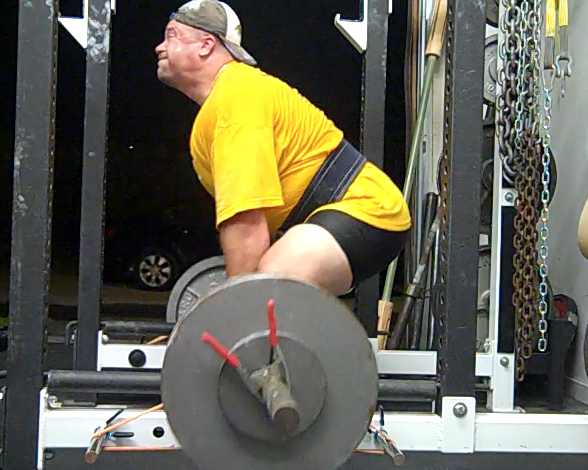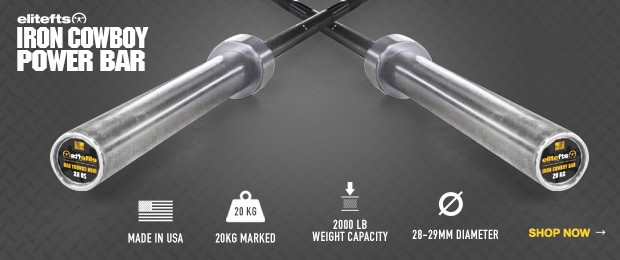
 I spoke with a friend and former work colleague last week. I was surprised to learn we had diametrically opposed views on the passage of time this year—the year of COVID-19, increased racial tension, and radical bi-partisan politics. He believed 2020 was passing in slow motion. With all the happenings this year, he was hard-pressed to believe it was only August. On the other hand, I cannot comprehend that it is already August 2020. From my perspective, 2020 is one giant blur. For me, the passage of time continues to accelerate, and I do not like it. Yet, the only thing I can do is try and make each day count.
I spoke with a friend and former work colleague last week. I was surprised to learn we had diametrically opposed views on the passage of time this year—the year of COVID-19, increased racial tension, and radical bi-partisan politics. He believed 2020 was passing in slow motion. With all the happenings this year, he was hard-pressed to believe it was only August. On the other hand, I cannot comprehend that it is already August 2020. From my perspective, 2020 is one giant blur. For me, the passage of time continues to accelerate, and I do not like it. Yet, the only thing I can do is try and make each day count.
I am a father of three children–two older sons and a younger daughter. All have been involved in athletics to varying degrees. In one way or another, each has endured my resistance training theories and protocols. About that, I am pleased, but at times it has been a long slog. Initially, all of them resisted the necessary hard work.
RECENT: How to Gain 65 Pounds of Muscle in Two Months
Much has been written about the positive health benefits of resistance training for individuals of various ages. I am glad I received my indoctrination at an early age. Besides the health benefits, I have found that resistance training is one of the best ways to build a foundation of confidence and self-esteem. Suitable training protocols catalyze confidence gains through a succession of goal setting, performing the specific work to achieve the goal, and subsequently hitting the goal. These processes, repeatedly performed, over a period, efficiently build confidence through repeated successes.
It is not easy. Trust me. Still, the difficulty is the key.

My youngest child
Three years ago, I introduced my daughter to resistance training. Then, she was a thirteen-year-old athlete, heavily involved in lacrosse with an excellent core strength foundation from years of gymnastics and tumbling. Our focus was on building a general strength base to improve her athletic performance (and general quality of life). We started with a single weekly session, which she supplemented with interval running, and specific lacrosse training exercises and drills.1
After the first year, we increased the training to two sessions per week and added some specific speed training elements.
It is with her beginning stage protocols in mind that I offer some of the tips below.
1. Video portions of your training–work sets and challenging sets
For full disclosure, I own Apple Stock and an iPhone. I know that 50 percent of you own one too, and I suspect that at least 95 percent of you have a cell phone with video capability. Video is an excellent training tool for both the athlete and the coach to monitor exercise technique and execution. Video can expose the technical errors you do not realize are there. With the technology today, taking video is a snap. Watching frame-by-frame or in slow motion allows for a deep dive into the technical analysis (we are talking exercise technique–not equities! AAPL).
Video also provides an opportunity for the trainer to praise proficiency when reviewing together with the athlete.
For a tripod, I use board-press boards and a Home Depot clamp, but I am sure you can do better if you feel you need something more tailored for the task.
The beginning deadlifter should consider the following:
- Is your setup tight? The setup for the deadlift is important.
- Are you holding your air while pressing your belly into the belt?
- Are you pulling the slack out of the bar at the onset of the lift? Are you jerking the bar off the floor? (incorrect - See Tip #5)
- Are you setting up with your hips too low? (See Tip #2)
- Are your hips shooting up first (incorrect)?
- Are you sinking back into your heels (correct)? Or are you falling forward (incorrect)?
- Is the bar even with your shoulders to optimize the pulling distance? Or is the bar pulling you forward?
- Are you keeping your head up?
2. Do not try to squat the bar
We have observed a common mistake with both beginning and intermediate lifters attempting to perform the deadlift like a squat. A deadlift setup with the hips too low (i.e., trying to squat the bar off the floor) increases the distance between the body and the bar, creating problems with leverage.
Often with this incorrect setup, at the onset of the lift, the lifter will raise the hips before the weight breaks the floor. The good news is that this repositioning gets the beginning lifter close to where they should have started the setup in the first place (hips higher than the knees and shoulders pulled in-line with the bar or slightly behind the bar). The bad news is that this unnecessary adjustment can be detrimental to the final starting position and can be costly in terms of tightness and consistent positioning.

3. Set up close to the bar
In performing the deadlift, the goal is to keep the barbell path in a vertical line. This ensures that the distance pulled is as short as possible from start to the completion of the lift. The lifter should keep the bar as close to his body as possible, which typically involves starting the lift with the bar at about mid-foot (a distance splitting the foot in half, from front to back).
If the bar harshly collides into the lifter’s shins, as soon as it breaks the floor, his initial setup was too far away from the bar. This simple correction ensures a proper start to the lift.
4. It is okay to utilize the Hex Bar for deadlifts
I am a proponent of using the Hex Bar deadlift for beginners. Because it allows the athlete to better center the weight, it requires less technical proficiency than deadlifting with a barbell. As such, it is easier to ensure your athlete can maintain a tight core and an athletic posture. I like the quad focus the Hex Bar variant offers (i.e., less stress on the lower back).1
Two additional notes if speed training:
Concerning the work sets, we have experienced success utilizing a variant we learned from Ryan Flaherty, where we remove the eccentric from the exercise by allowing the barbell to drop at the top of the lift, thereby reducing some of the hypertrophic effects (i.e., in this instance we are working on strength development, not size development).2
We have also performed a set of Jump Squats in-between each of the work sets (five repetitions as explosive as possible).
5. Do not snap your elbows at the onset of the pull (maintain tension the entire time)
Snapping the elbows at the onset of the deadlift is a terrible error we see with a lot of beginning and intermediate lifters, particularly after working into an aroused state before the pull–sadly, often letting form fly out the window.
The most troubling aspect of snapping your elbows at the onset of the lift is some of you are not even aware you are doing it. Worse still, some of you have been coached against doing this and refuse to address and correct a horrible habit.
If you are snapping your elbows at the start of the lift, you navigate a dangerous road on which there are zero long-term benefits. That little snap at the beginning of the lift may assist you with getting your first 135 pound pull off the ground, but you are flirting with both elbow joint problems and biceps tears.3
At the start of the pull, the lifter’s arms should be straight with their hands acting like hooks, holding onto the bar. Ideally, the lifter should remove all the play in the bar (between the sleeve of the barbell, plates, and collars) by pulling on the bar slightly before initiating the pull. The lifter should not jerk the bar off the floor, but instead, pull the slack out of the bar at the start of the lift.3
Pulling the slack out of the bar also allows the lifter to pull the hips down slightly, bringing them into a position of optimal leverage.3
In my opinion, deadlift training is a marathon, not a sprint. Starting out with the correct exercise technique and proper execution will contribute to your ultimate success.
We have found it immensely helpful to listen to those who have navigated these roads before us while learning from dozens of years of trial and error to determine the optimal training methods and training techniques.
No matter how educated we become, there is always room for improvement. Developing good habits as an early lifter will go a long way in helping build the initial foundation.
References
- Eggers, Erik. “Resistance Training for Youth Lacrosse Athletes.” Elitefts, 17 Oct 2019, https://www.elitefts.com/education/resistance-training-for-youth-lacrosse-athletes/
- The Tim Ferris Show (Podcast); The Savant of Speed – Ryan Flaherty (#238)
- Eggers, Erik. “3 Don’ts for the Early Deadlifter.” Elitefts, 2 May 2019, https://www.elitefts.com/education/3-donts-for-the-early-deadlifter/










1 Comment